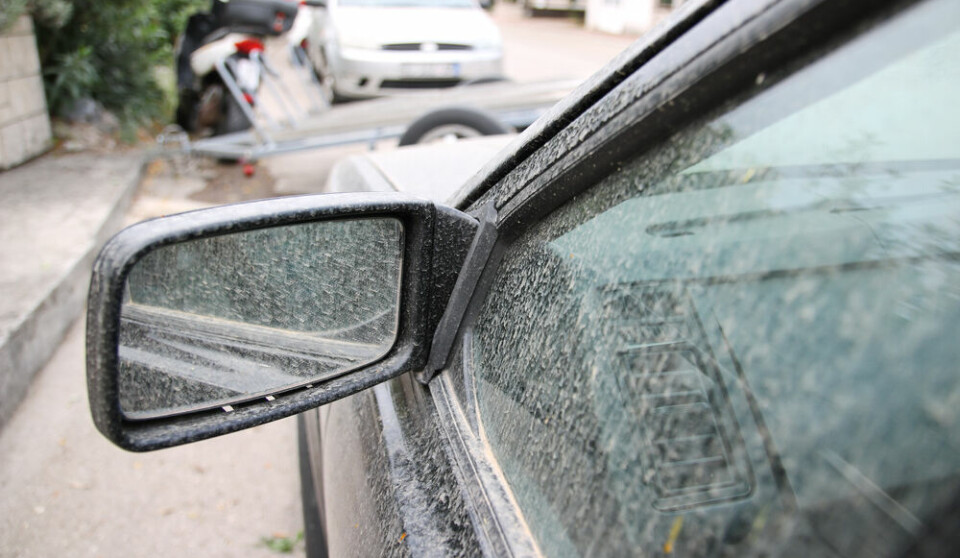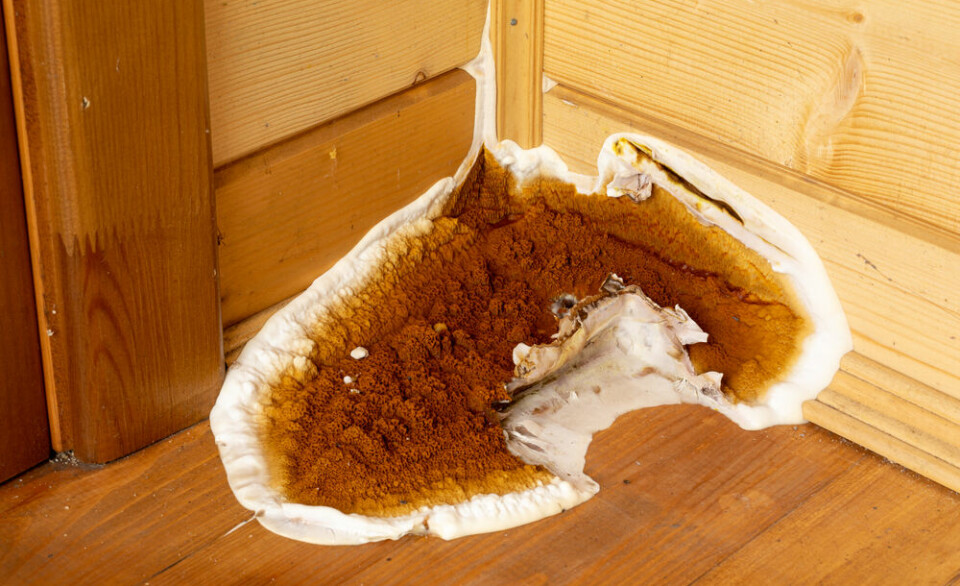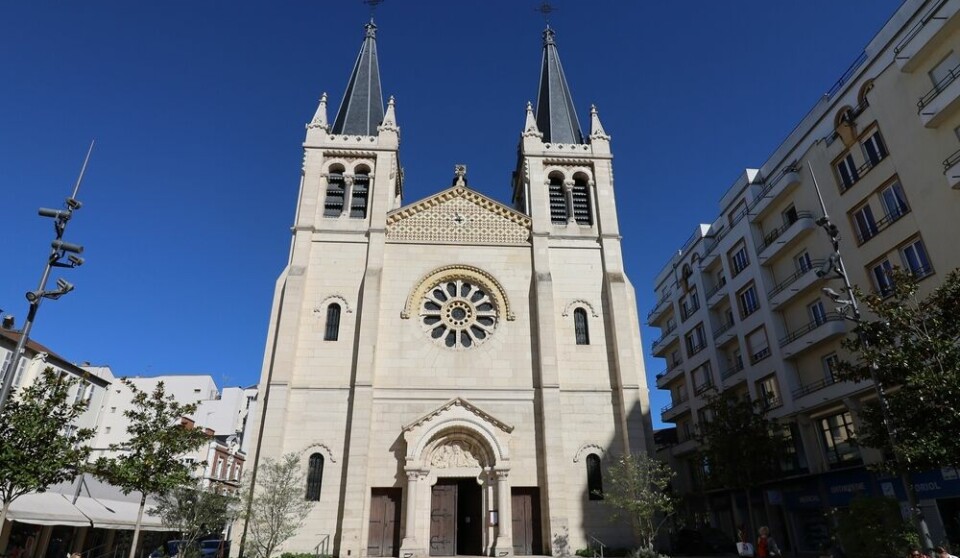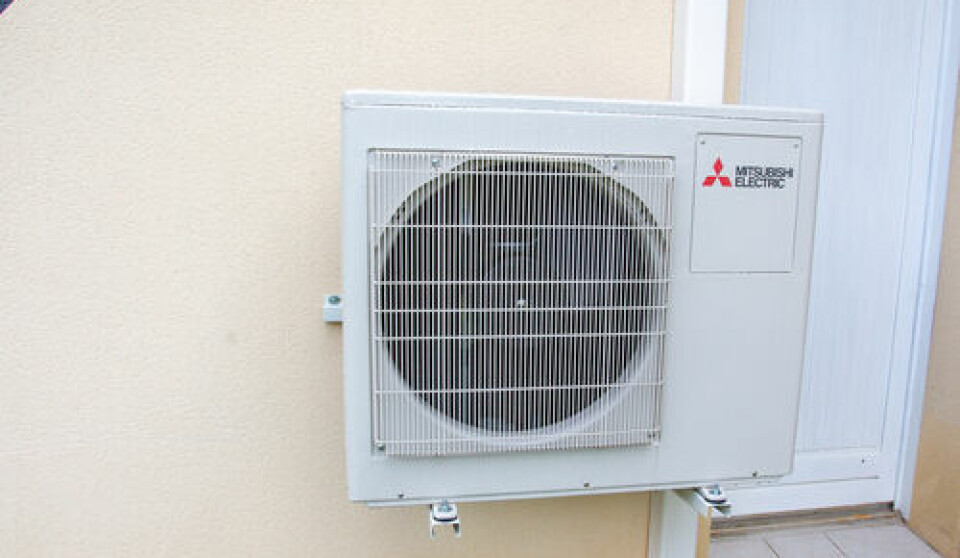-
Grass clippings: what to do if the tip does not accept them in France
Rennes metropole is the first to bring in a ban - and has ended door-to-door pick ups - but other areas have followed
-
How to apply for seasonal work in France as a non-EU citizen
Job adverts, work permits and visas - we explain the rules for employees and employers
-
French tax office to send reminder letters for missing property forms
Homeowners in France who did not complete a biens immobiliers declaration last year will get a chaser email or letter
How homeowners successfully challenged French property tax rise
We explain how to spot incorrect assumptions on your taxe foncière bill
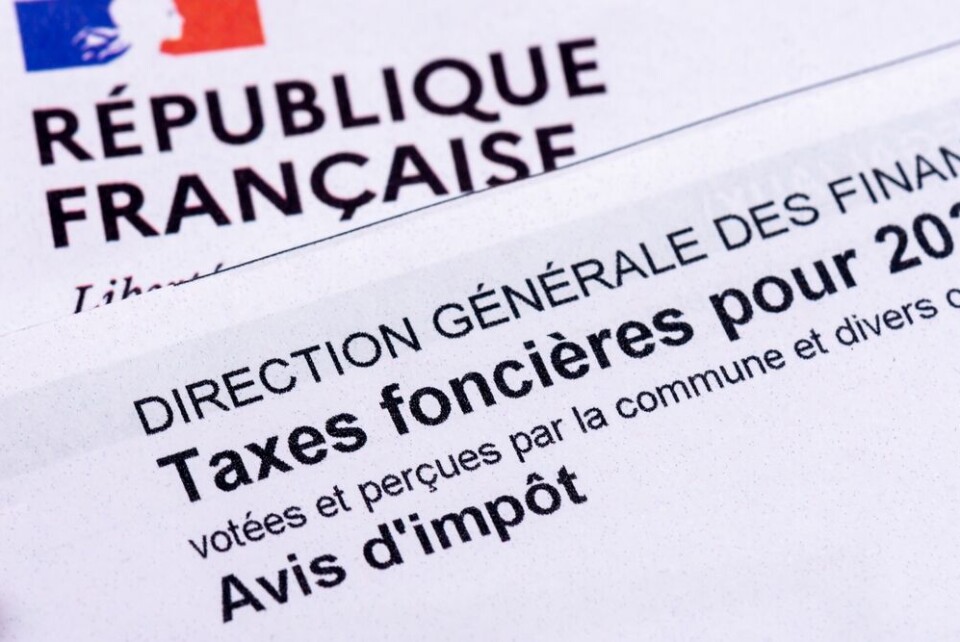
If your taxe foncière bill saw a steep hike last year, it is worth scrutinising it to find out why, as a successful legal challenge has shown.
First, however, check whether the rise was solely due to your local council increasing the percentage rate that it applies.
You can see this rate on the second page of your avis d’impôt listed as taux 2023.
For comparison, the taux 2022 should also be shown next to it.
For example, if the rate changed from 20% to 30%, this would explain a 50% rise in your bill.
Read more: Was your French taxe foncière bill high this year? Check for a refund
Tax office decided properties had improved in ‘comfort’
However, a successfully contested increase in Isère (Auvergne-Rhône-Alpes) related to a rise in the theoretical annual rental value of around 30 local properties.
This valeur locative cadastrale (VLC) is divided by two to obtain the base (basis) of the taxe foncière, to which the council rate is applied to obtain the tax bill.
If the base listed for your property on page two of the bill increased compared to 2022 and you did not declare any improvements, such as an extension or a new swimming pool, this is the point to raise with your local property tax office.
In the case of the Isère properties, whose tax increased by 15%, the tax office decided that the properties had improved in ‘comfort’ since their last evaluation decades ago.
The owners argued this was unjustifiable without pre-warning and consultation – and without a site visit.
The tribunal administratif court agreed and ordered the owners to be reimbursed.
Related articles
Key changes for income and property tax in France in 2024
Can I check if I have received age relief on French property tax?
Will I be charged taxe foncière on my empty French home?



